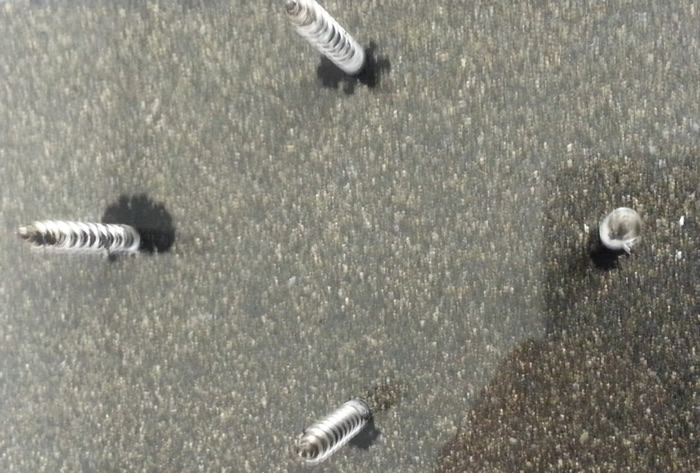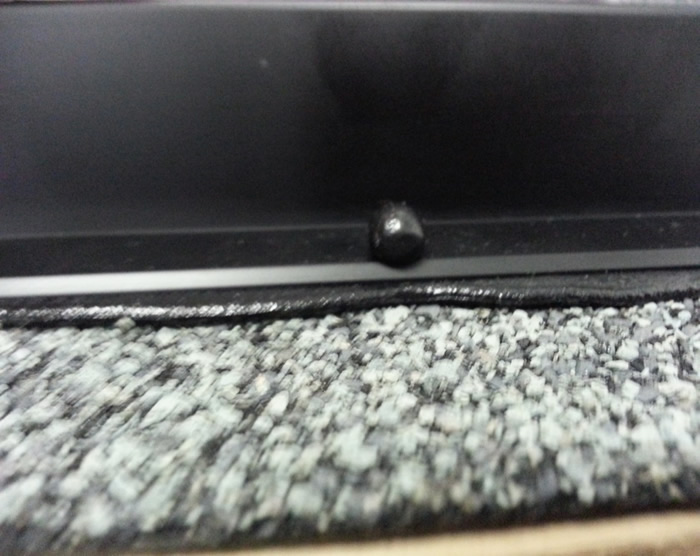Installers working on a tile roof must deal with particularly difficult challenges. Tile roofs are manufactured from many types of materials, including clay, zinc coated aluminum, concrete, wood and fiberglass, all of which come in a wide range of shapes and sizes. Installing solar panels on a tile roof takes more time than traditional asphalt shingle roofs and often requires additional framing.
One With The Roof
Milton P. Nogueira Jr. | Roof Tech, Inc.
When selecting solar mounting hardware for a residential rooftop installation, one is faced with many choices.
Installers working on a tile roof must deal with particularly difficult challenges. Tile roofs are manufactured from many types of materials, including clay, zinc coated aluminum, concrete, wood and fiberglass, all of which come in a wide range of shapes and sizes. Installing solar panels on a tile roof takes more time than traditional asphalt shingle roofs and often requires additional framing. This can increase labor cost by up to 50 cents per watt. Another option is to remove a section of tile equivalent to the area required to install the solar module array and replace it with asphalt shingle. The added cost to cover a 500-square-foot area with asphalt shingles is roughly $2500. This can be equivalent to the additional labor cost that would otherwise be carried by the PV installer or the end customer. Integrating the PV array over an aphalt shingle area surrounded by the tile portion of a roof will result an array that stands the test of time and provide a better overall look which is the closest a customer can come to having a BIPV array that is aesthetically appealing.
Although roofing paper is often interpreted as a secondary layer of protection for the deck, it is actually the deck’s last line of defense against the elements; its ultimate protection. The word “secondary” refers to the fact that roofing paper is a second layer, not of secondary importance.
Roofing underlayment is vitally important to a roofing system because it prevents the ingress of moisture into the sheathing and roof structure. Roofing felt, also known as “builder’s felt” or “roofing felt paper”, is the most commonly used form of roofing underlayment. Felt or tar paper provides a moisture barrier under the shingles. Felt is comprised of compressed fiberglass sheets that have been impregnated with tar. When installers put felt or tar paper down, they secure it using nails that typically have a 1” plastic flange around the head. The purpose of the flange is to prevent moisture from seeping through the tar paper at the nail holes.
When the shingles are nailed down on top of the tar paper, they add another layer of protection to keep moisture from traveling down through the tar paper and nail holes. But if even the tiniest bit of moisture blows under the shingles during a rainstorm, the felt or tar paper prevents the moisture from reaching the wood surface of the roof. Ice dams is another phenomena that can cause intrusion of moisture into the roofing deck, so it is very important to keep the integrity of the roofing paper.
Roofing felt not only provides temporary waterproofing during construction or replacement of roofing material, it also serves several other very important purposes. First, it prevents tar and oils present in the shingles from being absorbed by the decking, which can cause the roofing material to degrade. It also provides a barrier that prevents the shingles from adhering to the decking. Finally, and most importantly, the use of roofing felt is a code requirement.
At Roof Tech, Inc. we have evaluated at the integration of a PV array into the roofing system very seriously. The Roof Tech line of products have been designed to reflect a “One with the Roof” concept as evidenced by recent results from our rigorous testing at ATI for an ICC evaluation. The Roof Tech system with its integrated flexible flashing has been tested and proven to comply with all required standards including ASTM 2140, UL 441, ICC AC 75 (ASTM D1970) and UL 2703. In addition, our system complies with IBC and IRC 2006, 2009 and 2012 codes.
Tests have proven that our product will even perform underwater - one result from our 40+ years of experience in roofing technologies. To date, there are 400,000 PV homes in Japan installed with our products.
At Roof Tech, all of these same concepts apply. The clear advantages of the rail-less RT-[E] Mount are:
- Easily fastened to the roofing deck or rafter
- Minimal impact on roof due to thermal forces of expansion and contraction of the array
- Eliminates need for rails
- Substantially reduces installation time and labor costs
- Cuts shipping costs by up to 60% over rail systems
- Aesthetically pleasing appearance: skirt option available for RT-[E] Mount Air
- Uses fewer materials to minimize environmental impact
- Lower cost than traditional mounting solutions
- Manufactured with the highest quality materials: anodized & coated aluminum alloy with stainless steel hardware
- Includes a wire management solution
- Integrated flashing, fully waterproofed
- Allows roofing nails to remain intact protecting the integrity of the roofing paper
- Complies with 2012, 2009 and 2006 International Building Code® (IBC)
- Complies with 2012, 2009 and 2006 International Residential Code® (IRC)
Butyl Rubber: Resilient, Reliable and Resistant. Our butyl tape has a 20+ year life, is impermeable to moisture and is resistant to acids, alkalis, mildew and salts.

Butyl Tape Quickly Seals All Screws

RT-[E] Mount base. Butyl adapts to roof shape and surface to provide a permanent seal.

With the use of a metal flashing the seal will not be 100% effective. Moisture intrusion will occur.

As you may have experienced, walking on a roof can be like walking on gravel. The surface of an asphalt roof shingle is comprised of tiny stones. As a result, the application of a hard surface such as metal flashing against the variegated surface of an asphalt shingle creates empty pockets of air that allow moisture to be trapped.
Why settle for water shedding flashings? Our Integrated flashing is completely waterproof!

If you have any questions or would like to know where to purchase Roof Tech products, please call or visit our web site..
Milton P. Nogueira Jr.
Business Development Manager
Milton.n@roof-tech.us
The content & opinions in this article are the author’s and do not necessarily represent the views of AltEnergyMag
Comments (0)
This post does not have any comments. Be the first to leave a comment below.
Featured Product


